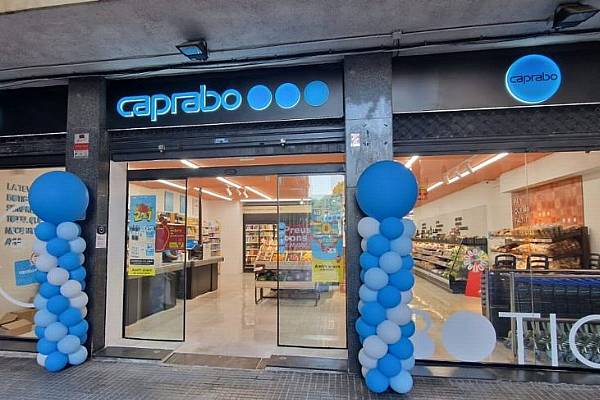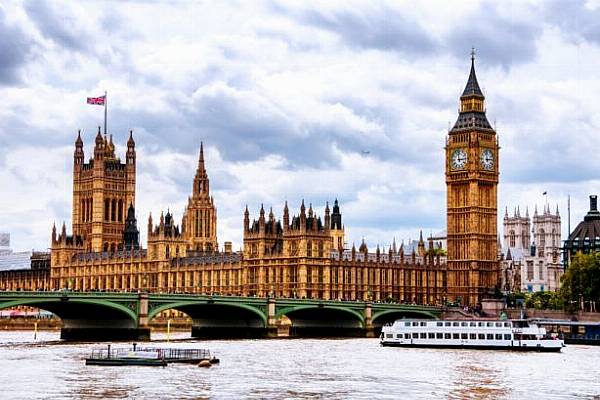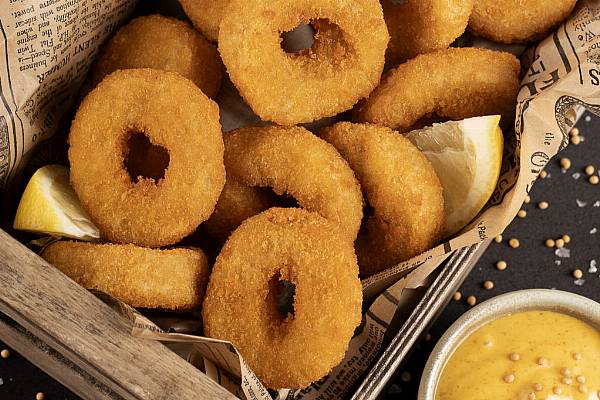US consumer spending increased solidly in July as households bought a range of goods and services, which could further allay financial market fears of a recession, but the pace of growth in consumption is unlikely to be sustained amid tepid income gains.
The Commerce Department said on Friday consumer spending, which accounts for more than two-thirds of US economic activity, rose 0.6% in July after an unrevised 0.3% gain in June. Economists polled by Reuters had forecast consumer spending advancing 0.5% in July.
The report added to trade and inventory data in suggesting that while the economy was slowing, it was not losing altitude rapidly.
US-China Trade War
A year-long trade war between Washington and China has spooked financial markets. The US yield curve has inverted, stoking fears that the longest economic expansion in history was in danger of being interrupted by a recession.
The economy is largely losing speed as the stimulus from the White House's $1.5 trillion tax-cut package and a government spending blitz fades. The US-China trade conflict has weighed heavily on manufacturing and business investment, which contracted in the second quarter.
Given the trade war-driven weakness in business investment and manufacturing, slowing global growth as well as persistently low domestic inflation, the Federal Reserve is expected to cut interest rates again next month.
Slowing Global Growth
Earlier, Fed Chairman Jerome Powell said that the economy was in a "favourable place," but reiterated that the US central bank would "act as appropriate" to keep the economic expansion on track. The Fed lowered its short-term interest rate by 25 basis points in July for the first time since 2008, citing trade tensions and slowing global growth.
Consumer prices as measured by the personal consumption expenditures (PCE) price index rose 0.2% in July as a drop in the cost of food was offset by a surge in energy goods and services. The PCE price index edged up 0.1% in June.
In the 12 months through July, the PCE price index increased 1.4% after gaining 1.3% in June.
Excluding the volatile food and energy components, the PCE price index rose 0.2% in July, matching June's increase. That kept the annual increase in the so-called core PCE price index at 1.6% in July.
The core PCE index is the Fed's preferred inflation measure and has undershot the US central bank's 2% target this year.
Real Consumer Spending
When adjusted for inflation, consumer spending increased 0.4% in July. This so-called real consumer spending rose 0.2% in June. The jump in core consumer spending in July suggested consumption remained strong early in the third quarter after it surged at its fastest pace in 4-1/2 years in the second quarter.
The economy grew at a 2.0% annualised rate in the second quarter, slowing from the January-March quarter's brisk 3.1% pace. Growth estimates for the third quarter range from a 1.5% rate to a 2.3% pace.
Spending on goods surged 0.9% in July, driven by outlays on recreational goods and motor vehicles. Spending on services increased 0.5%.
Consumer spending in July was supported by savings as personal income edged up 0.1%, the smallest rise since last September. That followed a 0.5% increase in June.
Wages increased 0.2% and personal interest income fell 1.8%. Savings fell to $1.27 trillion, the lowest level since November 2018, from $1.32 trillion in June.
News by Reuters, edited by ESM. Click subscribe to sign up to ESM: European Supermarket Magazine.














